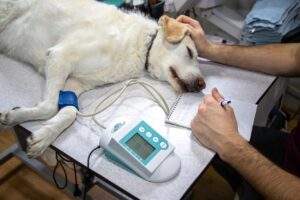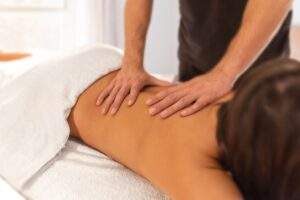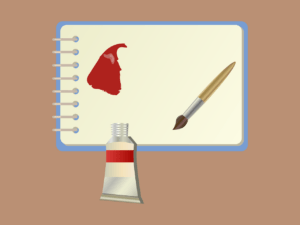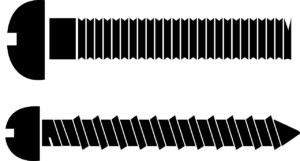EECP Treatment for Diabetes: An Effective Non-Invasive Therapy
Diabetes is a long-term metabolic disorder that affects millions of people around the world. It is characterized by excessive blood sugar levels that are either the result of inadequate insulin synthesis or the body’s ineffective use of insulin.
Heart disease, stroke, renal failure, nerve damage, and vision loss are just some of the consequences that may result from diabetes. While there is no known cure for diabetes, a number of medications may aid in managing the disease and avoiding complications.
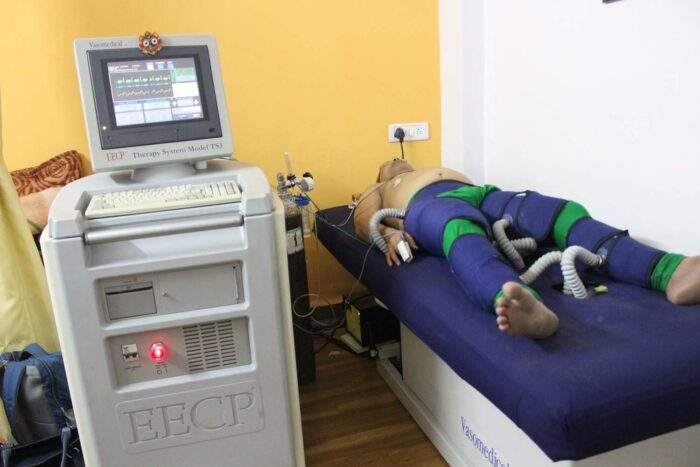
Enhanced external counterpulsation (EECP) is a relatively new, non-invasive treatment for diabetes (EECP). The legs are fitted with inflatable cuffs during this treatment, which is subsequently inflated and deflated in time with the heartbeat.
Increased blood flow to the heart and other organs, which may aid in bettering glucose metabolism and lowering insulin resistance, is the goal of EECP. Let’s dive further into the advantages of EECP therapy for diabetics and how it works.
What is EECP Treatment?
During EECP therapy, the patient’s legs and buttocks are wrapped in a series of cuffs, which are inflated and deflated in a non-invasive manner. When the heart is at rest, the cuffs fill with air, which increases blood flow to the heart and other important organs.
The cuffs deflate as the heart pumps, lightening the stress on the heart and enhancing blood circulation all throughout the body. The sessions for EECP treatment take approximately an hour apiece and are spread out over a few weeks.
How does EECP therapy work?
The cuffs are put on the legs while the patient reclines on a comfortable bed. Then, in time with the pulse, the cuffs are inflated and deflated. The pumping motion that results from inflation and deflation serves to enhance blood flow to the heart and other organs.
This improved glucose metabolism and decreased insulin resistance might be a result of increased blood flow.
A typical course of EECP therapy consists of 35 to 40 one-hour sessions spaced out over a few weeks. The patient may unwind, read a book, or listen to music while receiving therapy. The treatment is completely non-invasive and painless, and it doesn’t include any downtime.
Traditional Diabetes Treatments vs. EECP Treatment
A non-invasive technique, EECP treatment does not require medication or surgery. Traditional diabetic therapies, such as prescription drugs and dietary changes, can be successful but have certain drawbacks. For instance, it may be challenging to sustain lifestyle changes and certain drugs may have negative effects. On the other hand, EECP therapy is a treatment that is both safe and effective and doesn’t have any noticeable side effects.
Advantages of EECP therapy for diabetes
Increased blood flow to the pancreas, which is in charge of manufacturing insulin, is one way that EECP therapy might aid improve glucose metabolism. Increased insulin production and decreased insulin resistance may result from improved blood supply to the pancreas, which may also lower blood glucose levels.
Decreased insulin resistance: By boosting blood flow to the muscles, EECP therapy may help lower insulin resistance. Blood glucose levels may be lowered as a result of improved muscular blood flow and improved glucose utilization.
Increased cardiovascular health: EECP therapy increases blood flow to the heart and other organs, which helps to enhance cardiovascular health. The risk of heart disease, stroke, and other consequences related to diabetes may be decreased with improved blood flow.
Non-invasive treatment: EECP therapy is completely non-invasive and doesn’t call for any downtime. EECP therapy does not involve any pain or discomfort, in contrast to more conventional treatments for diabetes such as insulin injections.
Benefits that last a lifetime: EECP therapy has the potential to assist diabetics for a lifetime. The enhanced glucose metabolism and blood flow may help lower the risk of complications from diabetes and enhance general health.
Conclusion
Diabetes patients can benefit from EECP Treatment navsari, which does not involve surgery. The legs are fitted with inflatable cuffs as part of the treatment, which includes inflating and deflating them in time with the pulse.
As a result, the heart and other organs get more blood, which helps to enhance glucose metabolism and lower insulin resistance. The EECP procedure is completely non-invasive and painless, and it doesn’t involve any downtime.
Those with diabetes may get long-lasting advantages from the treatment, which may also lower their risk of diabetes-related problems.

